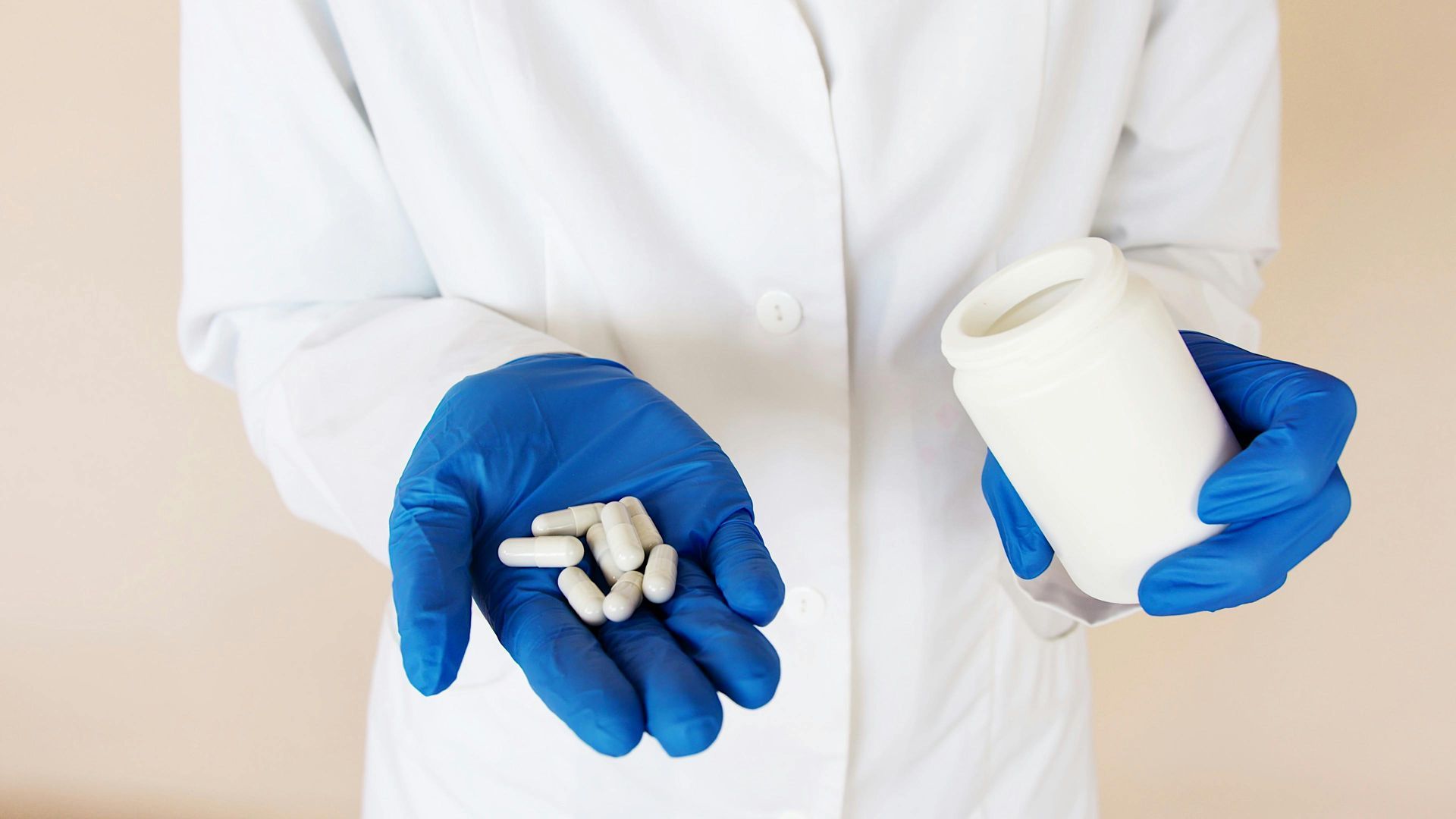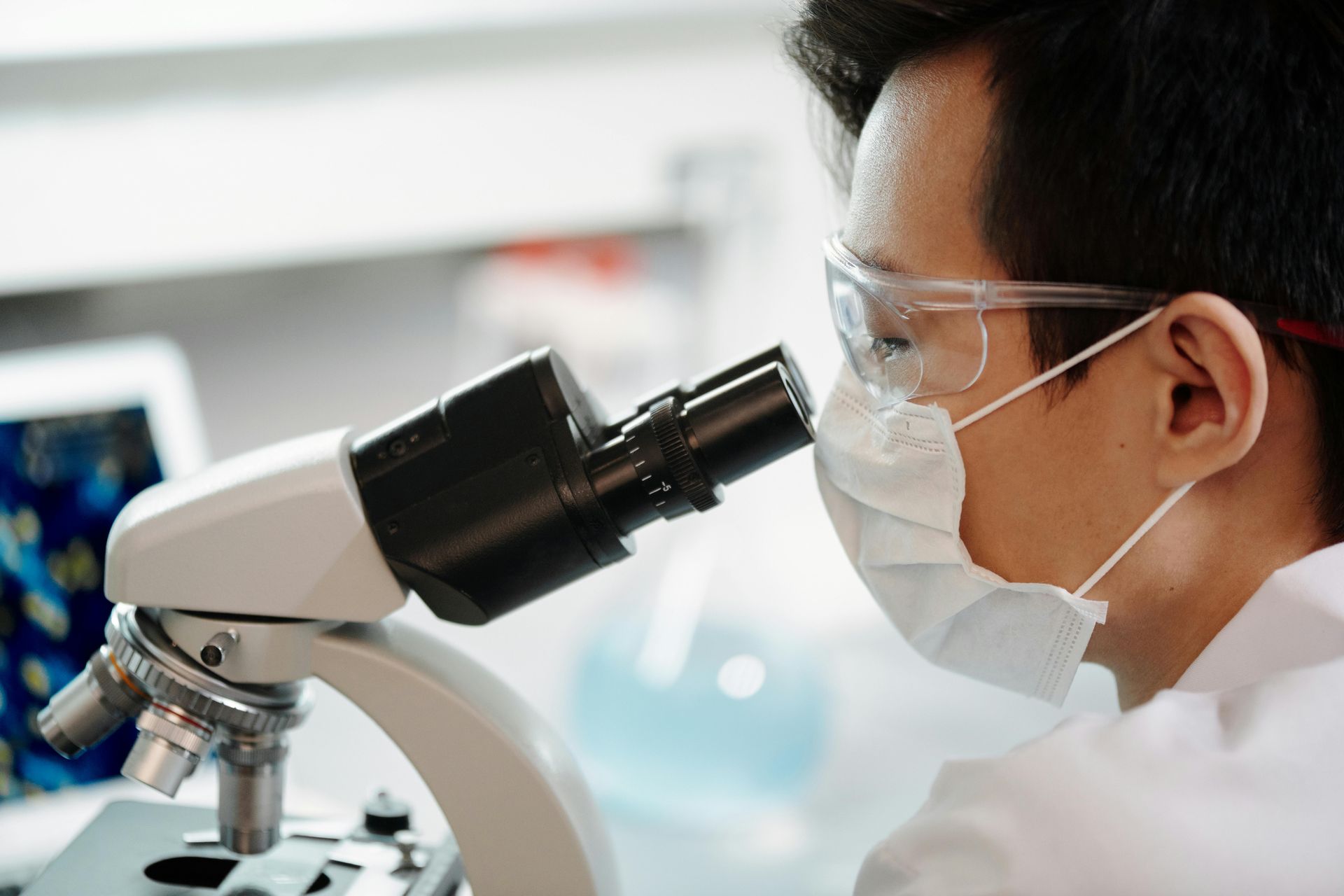Understanding Pharmaceutical Guidelines: GLP vs. GMP
The difference between good manufacturing practices (GMPs) and good laboratory practices (GLPs) aren’t always clear. In practice, confusing one for the other can lead to extra work at best and non-compliance at worst.
We’ve done the legwork and put together a comprehensive guide on GMP, GLP, and major differences between the two.
What Is GLP?
Good laboratory practice is a set of principles that were developed to ensure the quality and integrity of non-clinical laboratory studies. GLP achieves this by governing the processes and conditions under which non-clinical research is conducted, including how research facilities are maintained.
GLP is commonly associated with the pharmaceutical industry and is often applied toward non-clinical animal testing that may be required to support marketing permits for products regulated by government agencies.
GLP also has applications outside the pharma industry. Non-pharmaceutical agents such as food additives, food packaging, and medical devices may similarly require non-clinical research governed by GLPs to gain regulatory approval.
Does GLP Apply to Clinical Studies?
One of the most common misconceptions about GLPs is that they apply to clinical studies. GLP is only ever necessary during non-clinical research and testing. Clinical studies, which involve actual patients, are governed by good clinical practices (GCPs), the World Medical Association’s Declaration of Helsinki, and other regulations intended to protect human participants.
This makes sense when we consider the role of a Study Director. The GLP framework relies on the roles and responsibilities of the Study Director, a single individual that is responsible for both the supervision and execution of all aspects of study. In a clinical setting, Study Directors do not exist.
Is GLP a Scientific Management System?
Another common misconception regarding GLP is that it exists as a scientific management system. This is not the case. GMP and GLP are both quality management systems. GLP defines the standards for study conduct, data collection, data analysis, and reporting but does not touch on scientific standards.
Why is this important? If a study follows GLP, that means its researchers followed the study protocol. It does not mean that the study addresses the scientific hypothesis in question, or even that the study reports meaningful results, just like following a recipe as its written doesn’t mean the end product will turn out to be appetizing.
What Is GMP?
Why do good manufacturing practices exist? Good manufacturing practices regulate the design, monitoring, and operation of manufacturing processes and facilities. GMP regulations fall under the domain of the Food and Drug Administration’s Federal Food, Drug, and Cosmetic Act.
The purpose of GMP regulations is to guarantee that manufacturers, processors, and packagers of drugs, medical devices, and some food products have taken the appropriate steps to ensure that their products are safe and effective.
GMP regulations are designed to protect the consumer by minimizing instances of contamination, mixups, and other errors that may occur at any time during manufacturing and production. GMP regulations carry the force of law, meaning that failure to comply can result in product recall, seizure, hefty fines, or even jail time.
What Are the Major Differences Between GMP and GLP?
Now that we’ve covered the basics let’s examine a few of the key differences between GMP and GLP.
1. Study Director
Under the GLP framework, a single point of contact is required for the study. This individual is known as the Study Director. The Study Director is appointed by testing facility management and is responsible for all aspects of the study.
On the other hand, GMP does not require a single point of contact. No Study Director is chosen or appointed.
2. Quality Assurance
Under GLP, a quality assurance unit is responsible for inspecting study conduct and testing facilities to maintain quality and integrity. The quality assurance unit operates independently of study personnel.
GMP requires a quality control unit. The quality control unit has the obligation and authority to approve or reject any procedure or conditions involved in testing or manufacturing processes, serving as an all-encompassing quality system.
3. Recording and Reporting
Another key difference between GMP and GLP lies in recording and reporting guidelines. Under the GLP framework, all records require the signature or initials of all personnel involved in conducting the procedure in question, along with the appropriate dates. If findings are used in support of a marketing permit, records must be maintained for a minimum of five years post-registration.
In contrast, GMP records are maintained for at least one year following product expiration dates. Records require the signatures of both personnel conducting procedures in question alongside individuals involved in verification processes.
GLP vs. GMP: Laboratory Testing
Perhaps the most dangerous place to confuse GMP and GLP is in the lab. Let’s take a look at how the two sets of principles differ in practice.
Here it’s important to note that GLPs are focused solely on preclinical development. In particular, GLP only applies in the realm of non-clinical research studies typically performed in support of marketing applications. Such studies may involve toxicology, pharmacology, biocompatibility, and other aspects of non-clinical laboratory testing.
GLPs are only relevant in studies that involve test systems such as live organisms, including plants and microorganisms, but not human patients. Findings from these studies give the FDA everything they need to determine the scientific rigor—but not necessarily the value—of non-clinical research.
In contrast, GMPs are concerned with the processes involved in manufacturing. GMP reports demonstrate to the FDA whether regulated products were manufactured according to a set of predetermined standards. For example, lot release and lot conformance testing for products on the market are almost always conducted under GMP regulations to guarantee safety and efficacy.
Become Certified in GMP and GLP
Are you interested in gaining a better understanding of GMP and GLP regulations? Become a certified regulatory professional with training and certification courses from the Center for Professional Innovation and Education (CfPIE).
Check out the following courses to update your regulatory knowledge and skillset:
- Good Laboratory Practices (GLP) for Nonclinical Laboratory Studies
- Good Manufacturing Practices Training | GMP Course
- Basic GMP Training for the QC Laboratory
Interested in learning more about GMP and GLP and how they affect pharmaceutical practices? Get in touch with a member of the CfPIE team by calling 1-610-648-7550 or emailing [email protected].
Blog Categories
Stay Informed


